"Pay no attention to that man behind the curtain!"
--The Great Oz
We're in what I think is a watershed period of iSeries development, and WDSC is a key player in this era of change. The relationship with Rational, the coming of age of the next generation of user interface (rich clients and portals), and the fact that an iSeries box is nearly evenly priced with a comparable PC--these events all come together to create at least the possibility of a new era in IBM midrange development.
At the same time, the current release of WDSC really doesn't do much for RPG developers. It's a lot prettier with all the Eclipse 3.0 enhancements, and you can't help but realize that it's a Rational product, but this release seems a bit more bluster than substance, a little bit like the Great and Powerful Oz. Let me present my findings as I took the new version of WDSC through a test drive.
Drivers, Start Your Engines!
I had a lot of fun with this, actually. In fact, I'm sure I had more fun than normal people, but that's part of the reason I do this. Anyway, what I did was load both versions of WDSC on one workstation. Then, I started testing. Sometimes I ran one, sometimes the other, and sometimes both at the same time (yes, I am a sick and twisted boy). But since most people aren't interested in running two different versions of WDSC at once, let me simply give you the lowdown on the side-by-side comparisons.
Testing was done on a 3 GHz Pentium 4 with 1 GB, running Windows 2000 Professional, with two 7200 RPM 80 GB drives on an Intel SATA RAID 1 card. Later, I'll try to get you some numbers on other operating systems, but my stalwart W2KPro machine is the one I'll be using for this article.
Startup Time
First, the startup time has been reduced, most noticeably for new workspaces. Not counting JVM startup time (which you see only the first time you start WDSC after rebooting), it takes WDSC5 about 25 seconds to create a new workspace, and WDSC6 takes only seven seconds. This is also reflected in the size of the workspaces: 3.5 MB for WDSC5 versus 150 KB for WDSC6.
The numbers get closer after the initial creation: five seconds to start WDSC6 for an existing workspace, and seven seconds for WDSC5.
First Look
The real difference is the huge Welcome splash screen on the initial load of WDSC6. Unlike WDSC5, which showed the Welcome page in a panel on the Remote Systems Explorer screen, the WDSC6 Welcome page basically takes up the entire workbench. While there's a lot of good stuff on that page (see my August article), the Rational branding gets a little heavy handed, as you can see in Figure 1.
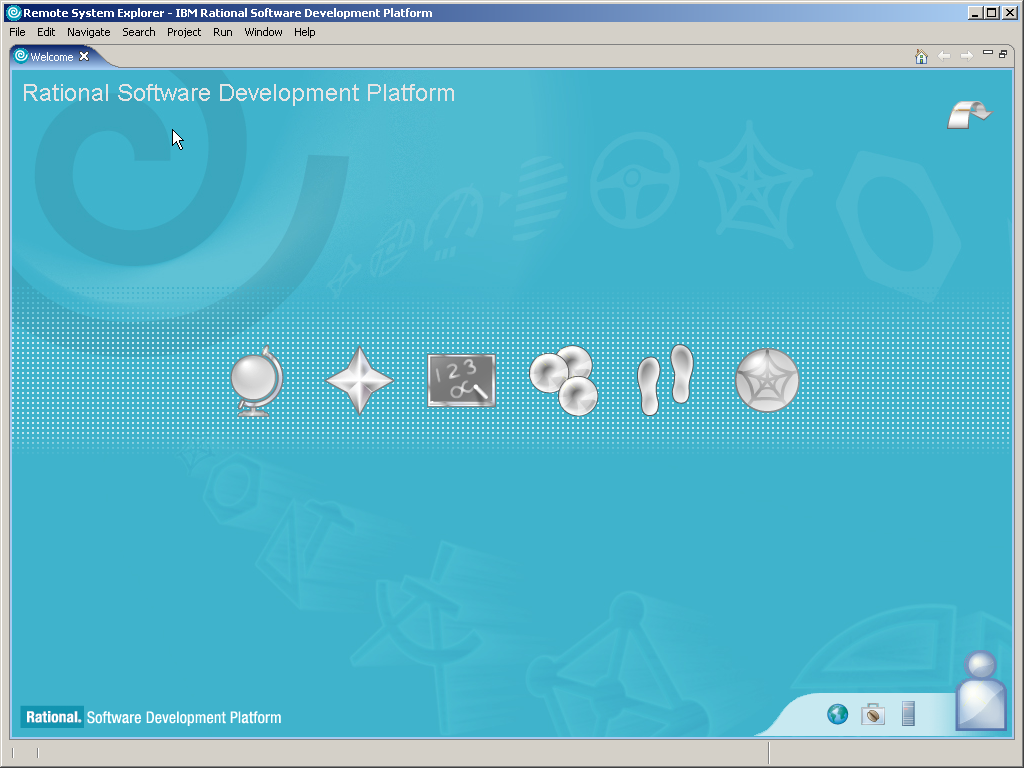
Figure 1: Can you guess which IBM product line this tool belongs to? (Click images to enlarge.)
I guess it's not so bad. You can at least just close the window and get on to the business at hand, which for today will be the Remote Systems Explorer (RSE).
UI Changes
The UI has a ton of changes--some significant, some not. As I've pointed out in other articles, the UI changes are all inherited from Eclipse 3.0, so they're not really new; they're just new to us as WDSC developers. I'll show you the two versions side by side so you can get an idea of the changes.
Note: The following side-by-side view shows the two workbenches at a resolution of 800x600 pixels. While WDSC5 was designed to be run at 800x600, WDSC6 was not; it's clearly designed to run at no lower resolution than 1024x768. So while I compared them at 800x600 to give you a better apples-to-apples comparison, realize that WDSC6 isn't designed to be run this way, so some things, like toolbars, may be more abbreviated than usual.
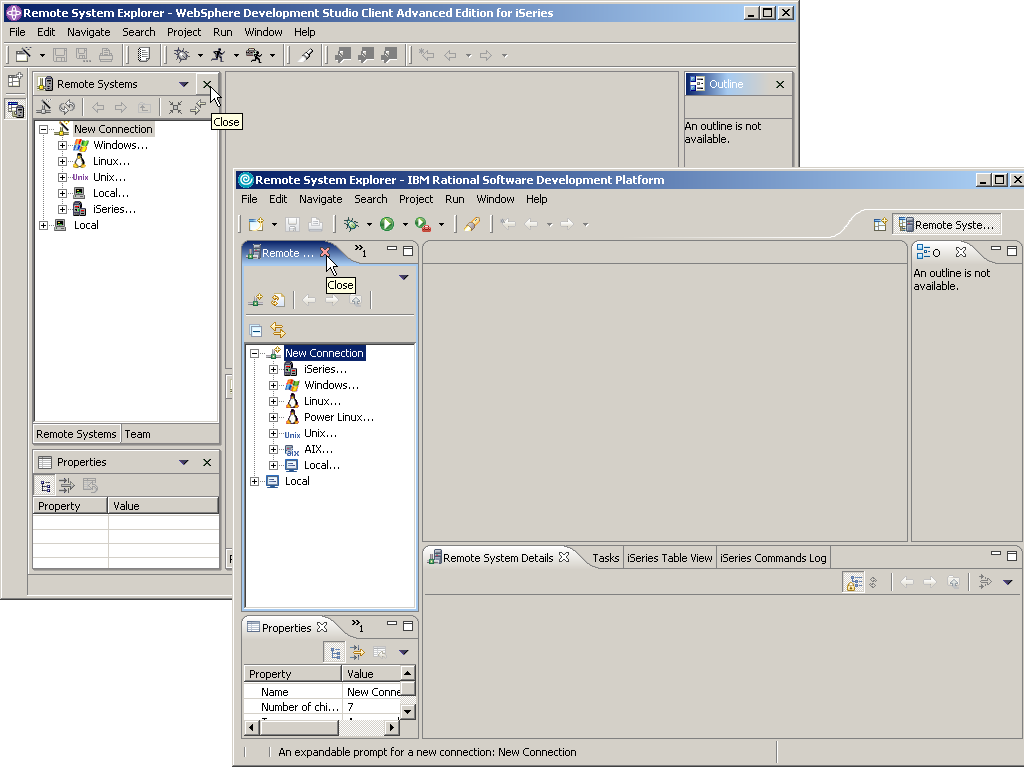
Figure 2: This figure shows the two UIs compared to one another.
Many similarities exist, of course. The basic look and feel is still there, but several tool-wide changes have been made: some major, some minor. As an example of a minor change, all the tabs are rounded now, and the icons have been reworked. While minor, one of the real breaks from the old VisualAge products is the "Run" icon, which has been changed from the running man symbol to the "universal" VCR-button, right-pointing triangle. It's no big deal, really, just one more step in the homogenization of computer programming.
Certain UI features may annoy those who are averse to change. For example, the upper left pane contains two views, Remote Systems and Team. In WDSC5, tabs appeared along the bottom of the pane when multiple views existed, which allowed you to select between the panes. The top bar of the pane was dedicated to the current view. Now, the top bar does dual duty, allowing you to maximize, minimize, and close the current pane, as well as allowing you to select between panes. While this more closely resembles the editor view, it can take some getting used to.
Again, most of these changes are really part of the Eclipse UI, and you can get a really good idea of them by reading the Eclipse documentation. To find out what's new in the Eclipse platform itself, the Java Development Tools (JDT), or the Plug-In Development Environment (PDE), do the following:
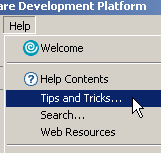
Figure 3: First, select menu option Help > Tips and Tricks....
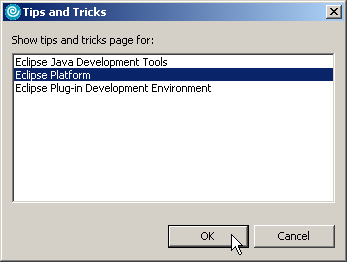
Figure 4: Next, in the ensuing pop-up, select the area you wish to review.
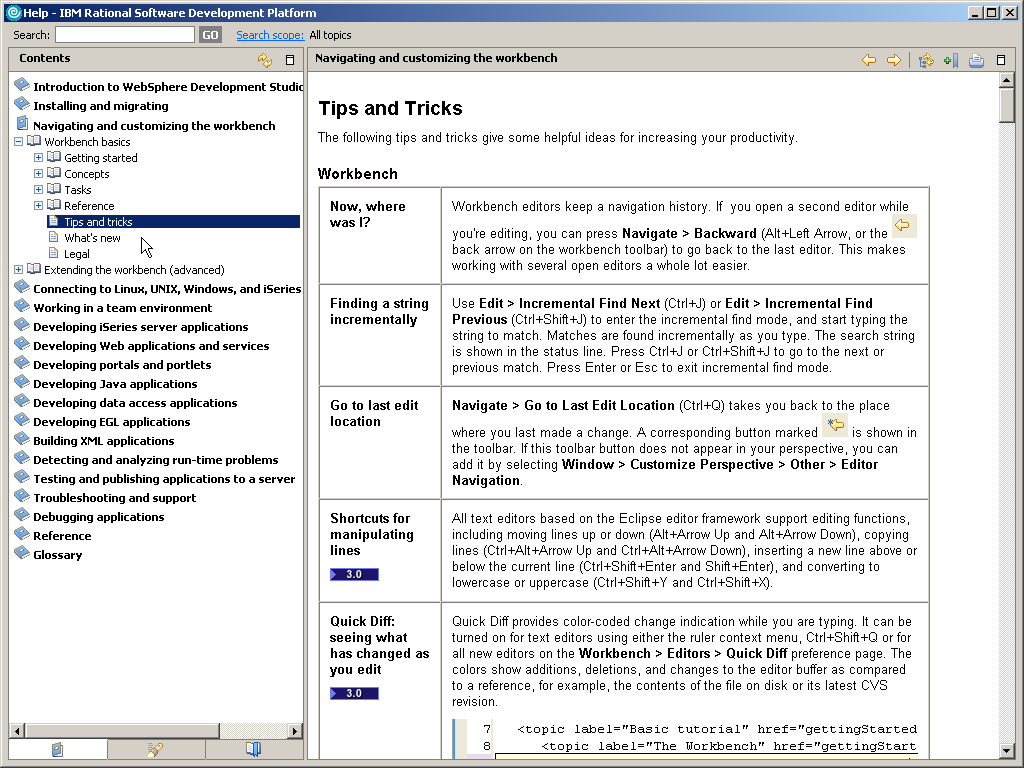
Figure 5: Here is the Tips and Tricks for the workbench; you can also click on What's New.
You'll see that Tips and Tricks is selected in the left-hand navigation pane. Tips and Tricks gives you some pointers as to neat ways to use the UI. The What's New section gives you a complete rundown of the changes implemented in Eclipse Version 3.0 (this procedure also works in WDSC5, by the way, to show what was added in Version 2.1).
Back to the Meat
So as you can see, the changes that have been inherited from Eclipse are quite extensively documented. And believe me, there are a lot of really great enhancements in there. However, they are pretty ancillary changes--window tabs and stuff like that. And the major UI changes for editing primarily affect Java programmers. That's nice, but it doesn't really do anything for the common iSeries programmer.
The iSeries programmer looks at the world through the twin lenses of the Remote Systems Explorer (RSE) and the LPEX editor. The RSE is sort of a Windows explorer on steroids, allowing you to access not only your own machine, but machines throughout the network. An RPG programmer will use the RSE to find a source member and then load that source member into the LPEX editor to edit it. If you're an RPG programmer, the LPEX editor is the area where you would want IBM to focus most of their attention, adding usability and productivity features. Yup. That's what you'd want. Unfortunately, you would be disappointed, especially with the LPEX editor.
Remote Systems Explorer
The iSeries programmer is the most likely end user for the RSE. And while the RSE can be used to connect to systems of many types--including Linux, AIX, and Windows--its primary purpose is to talk to iSeries boxes. I'm particularly pleased about one little detail in the new version: When you create a new connection, iSeries is the first option in the list, not the last option as it was in WDSC5 (you can actually see that in Figure 2 if you look closely).
In general, the RSE looks and acts much the same. Nearly all of the options are the same, with the exception of a few additions. You can now target OSes such as Power Linux and AIX, and when you do connect to an iSeries, you have an additional option of running Qshell. This latter option looks quite interesting, but I don't think it's compatible with V5R1, or maybe that's just a matter of PTFs. I'll order up the latest set of PTFs for this box and try it, or I'll run it on a V5R3 machine, whichever comes first.
The LPEX Editors
This is the depressing bit. Unfortunately, I haven't found anything in WDSC6 for RPG programmers. I looked hard, but there's nothing here. Let's see...they added an outline view for DDS source. Yeah, that's helpful. But I don't see anything that makes life better for RPG programmers. I can understand now why I haven't been able to find any real "new feature" lists on any IBM Web site.
The changes from 5.1.0 to 5.1.2 were far more extensive. In fact, as far as I can see, the only substantive changes to the LPEX editors are their upgrades to Eclipse 3.0. I've looked all over the tool, and I just don't see any enhancements.
Way back when, I noted that the Version 5.1.2 release really had a lot more in it than a typical point-point release and that maybe it was being pushed out a little prematurely in order to address some problems in the field. As it turns out, I think perhaps the 5.1.2 release was something of a shakeout for the new features. These features were then wrapped in Eclipse 3.0 and released as WDSC6.
Remember, the change from Eclipse 2.1 to Eclipse 3.0 is quite extensive, especially for plug-in developers. Since WDSC is basically just a huge set of Eclipse plug-ins, you can imagine the amount of work that went into simply retrofitting the existing code base. But by jumping the gun with the WDSC5.1.2, IBM really took a lot of the steam out of the WDSC6 update. Unless I'm missing something major, for RPG programmers WDSC6 is just a prettier face on the existing tool.
Now This Makes a Little More Sense
The relative paucity of new features for RPG programmers in WDSC56 could explain the recent call for participation from IBM regarding the RPG portion of the tool. By the time you read this, the event will unfortunately have passed, but it seems to be in line with the idea that the RPG side of the tool wasn't really the focus of this release.
The event is scheduled for a day that I'm presenting, so I can't attend; I hope lots of others do. IBM needs some good input from the field, because the key to getting green-screen developers to WDSC is to make the RPG programming experience as pain-free as possible, and they've still got a way to go.
On to Bigger and Better Things
But while the news on the tool front isn't perhaps the best, a number of other things are fantastic. Last month, I talked about the new Express Edition machines, and putting my money where my mouth is, I went and ordered one. I have a brand new 500 CPW machine with a complete set of development tools wending its way through the ordering process.
It took a few passes to make sure I was getting the right software (I had to learn about Infoprint Server, and I had one option on my current machine that I just didn't need anymore). But now a machine with 35% more power than my current machine (and over 15 times the power of my original Model 150!) is going to be gracing the halls of PBD very soon. If you know someone who develops software but doesn't have an iSeries, you can now tell them that they can get a fully functional development box for less than $200 a month.
The iSeries Application Initiative (iAI)
It seems that in order to be competitive in today's market, you need to make sure your iSeries application also takes advantage of modern technologies. Where oh where does a poor green-screen RPG developer learn all this stuff? Well, the answer is easy: the iSeries Application Initiative. I've mentioned this program once or twice already, but I will mention it again here with a little more detail.
The way the program works is simple. You apply for the program, and you get set up with an assessment. The assessment is a phone call with somebody who has a long background with the iSeries. This person will talk to you about your product and what your technology needs might be. Remember, IBM's idea is to take your existing solution and teach you how to enable new technologies that will add more value, thereby making it easier for you to sell your product and making the iSeries that much more attractive to potential customers.
In my case, I was lucky enough to get Cheryl Renner, who has been an iSeries expert for as long as I can remember (at least as far back as when she was Cheryl Pflughoeft!). Cheryl, Ed Armbruster, and I talked about what I want to do with my application. You might know that my company markets a product called PSC/400, which Web-enables 5250 applications. The product has been out and stable for several years now, but we've recently released a new product and some special pricing editions. With the new release, we're now looking to expand into a couple of areas, including Portal enablement and WDSC plug-in development. (I'm keeping a third technological direction secret until I determine whether it's really feasible; once I find out one way or the other, you'll see a whole new series of articles on the technology.)
Cheryl has already set me up with some information on a Portal-enablement class, and if you're interested, I will continue to let you know how the process is going. There are options for remote learning, face-to-face learning, and DVD video classes. Also, as you continue to develop your product, IBM continues to help you with everything--from allowing you to test your products at an IBM location to even using the IBM "Virtual Loaner Program" in which you basically get free time on an IBM machine over the Internet.
Wrapping It Up
It promises to be an interesting ride as I find out just how committed IBM is to making ISVs successful. To me, it's pretty much the defining point of IBM's iSeries program. We haven't seen much of the promised advertising; it almost seems as if that initial salvo was a one-time thing, as we had feared. However, the "official" response (or as official as you're going to get regarding this issue, anyway) is that the focus this year has been on the ISV and bringing developers back into the fold.
Well, I'm going to put that particular notion to the test. I've never used an IBM program in my life; everything I've done I've learned on the job or in my copious free time. But if IBM is serious about getting ISVs up to speed, then let's see how they do with me.
Because even if they are trying to reach out to ISVs, they're doing a pretty poor job of marketing that effort. But if it works with me, then I'll tell you, and together we'll get the word out, eh?
Joe Pluta is the founder and chief architect of Pluta Brothers Design, Inc. He has been working in the field since the late 1970s and has made a career of extending the IBM midrange, starting back in the days of the IBM System/3. Joe has used WebSphere extensively, especially as the base for PSC/400, the only product that can move your legacy systems to the Web using simple green-screen commands. Joe is also the author of E-Deployment: The Fastest Path to the Web, Eclipse: Step by Step, and WDSC: Step by Step. You can reach him at
















 Business users want new applications now. Market and regulatory pressures require faster application updates and delivery into production. Your IBM i developers may be approaching retirement, and you see no sure way to fill their positions with experienced developers. In addition, you may be caught between maintaining your existing applications and the uncertainty of moving to something new.
Business users want new applications now. Market and regulatory pressures require faster application updates and delivery into production. Your IBM i developers may be approaching retirement, and you see no sure way to fill their positions with experienced developers. In addition, you may be caught between maintaining your existing applications and the uncertainty of moving to something new. IT managers hoping to find new IBM i talent are discovering that the pool of experienced RPG programmers and operators or administrators with intimate knowledge of the operating system and the applications that run on it is small. This begs the question: How will you manage the platform that supports such a big part of your business? This guide offers strategies and software suggestions to help you plan IT staffing and resources and smooth the transition after your AS/400 talent retires. Read on to learn:
IT managers hoping to find new IBM i talent are discovering that the pool of experienced RPG programmers and operators or administrators with intimate knowledge of the operating system and the applications that run on it is small. This begs the question: How will you manage the platform that supports such a big part of your business? This guide offers strategies and software suggestions to help you plan IT staffing and resources and smooth the transition after your AS/400 talent retires. Read on to learn:
LATEST COMMENTS
MC Press Online